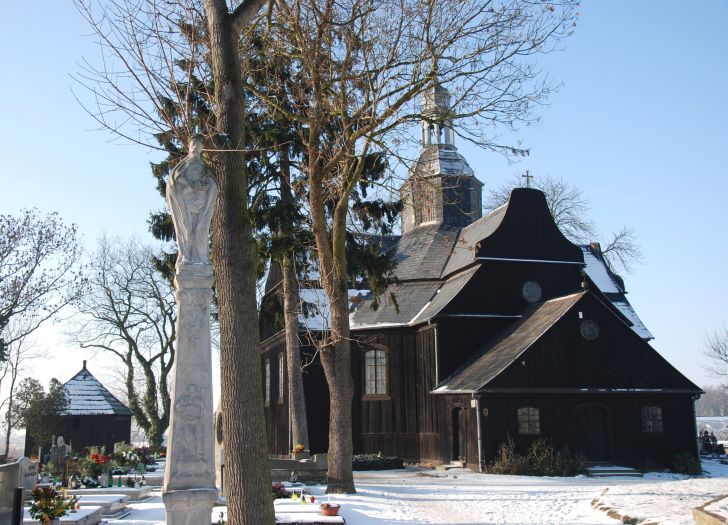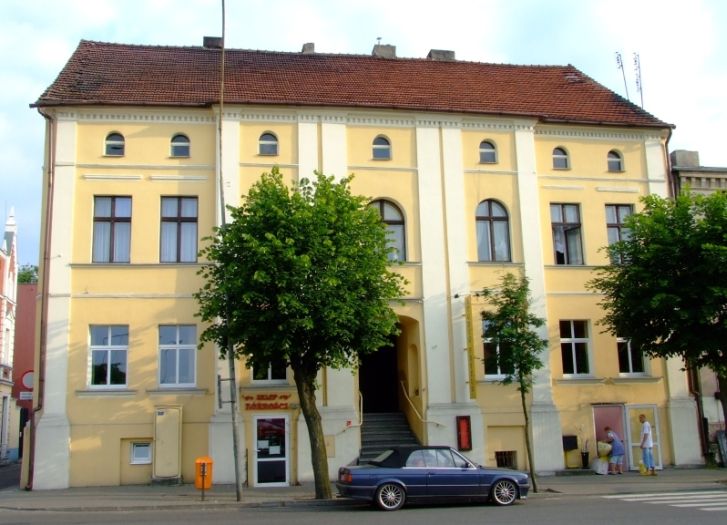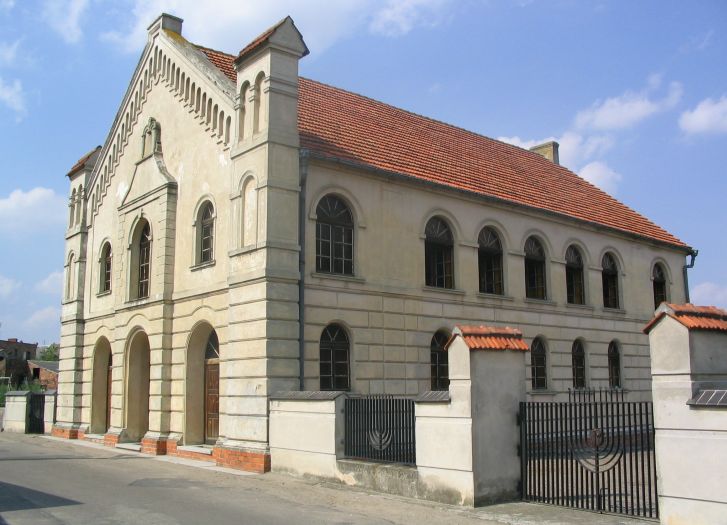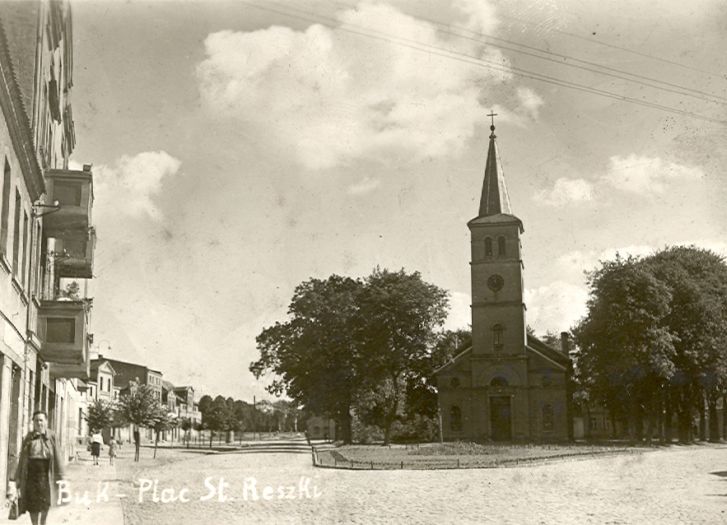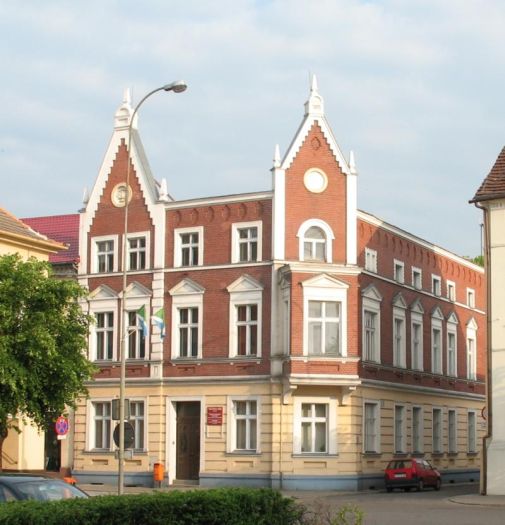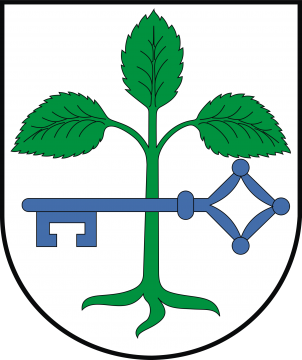
BUK
Buk is a town situated in Poznań Lake District, ca. 30 km west of Poznań. Legend has it that the original burg-city derived its name from the place Mieszko I, the first Duke of Poland, died in 992 while hunting for bison. The locality’s name and its once-situation amidst numerous beech forests and thickets, is reflected in the town’s today’s emblem, featuring a tree with three leaves and three roots.
History
Buk was granted its municipal charter by Duke Przemysł II in 1289. The fifteen and sixteen centuries saw considerable economic progress of the town, with Buk being mentioned as one of the most significant towns in Wielkopolska (the Greater Poland). 17th and 18th centuries marked a period of lessening significance and progress, this being due to the warfare struggle against the Swedes and the epidemics that culled the population in the years 1710 and 1733.
Following the Second Partition of Poland in 1793, Buk became an integral part of the Prussian area. Polish rule was reinstated over the town for a short time as the Duchy of Warsaw was established (1807–1815); then again, Buk was taken over by the Prussian administration. The area was eventually liberated owing to the victorious spurt of the Wielkopole people in the late 1918/early 1919. The Germans marked the start of their 1939 occupation with destruction of a monument dedicated to the Wielkopolska Insurgents and the column of St. Stanislaus the Bishop, the local parish patron. Following the liberation in 1945, the town was gradually gaining in importance, with its population effectively growing by 60%.
Worth Seeing
With the preserved mediaeval marketplace layout, at the junction of Poznańska and Ratuszowa Streets, there is an eclectic town-hall dating to the late 19th century. Further up, in Mury St., you can find a restored neo-Romanesque synagogue of 1893. Worth seeing is also the parish church of St. Stanislaus the Bishop – a three-nave, hall church equipped with a four-column Ionic portico, built 1838–1846 by the architect Karl-Friedrich Schinkel (1781–1841), a well-known representative of the classicist style. In Bohaterów-Bukowskich St., you will come across a wooden Holy Cross church of 1760, considered to be a pearl of baroque wooden architecture. Of interest to a visitor is also the former Protestant (Evangelical) church dating to 1st half of 19th century, now redeveloped to house a cinema-theatre and a Buk Land Museum Chamber.


